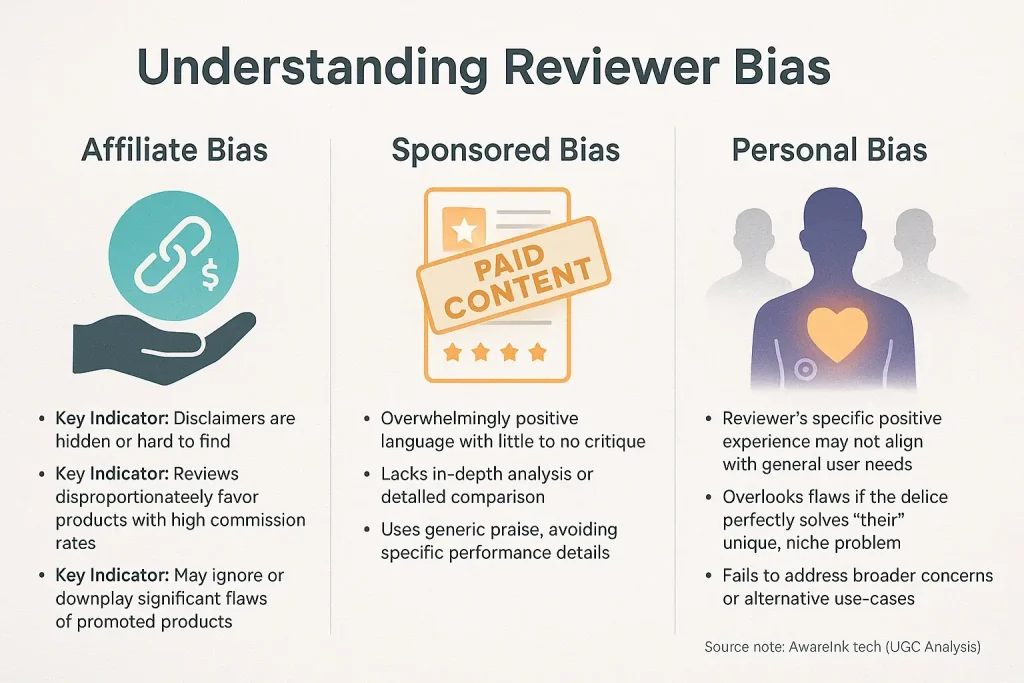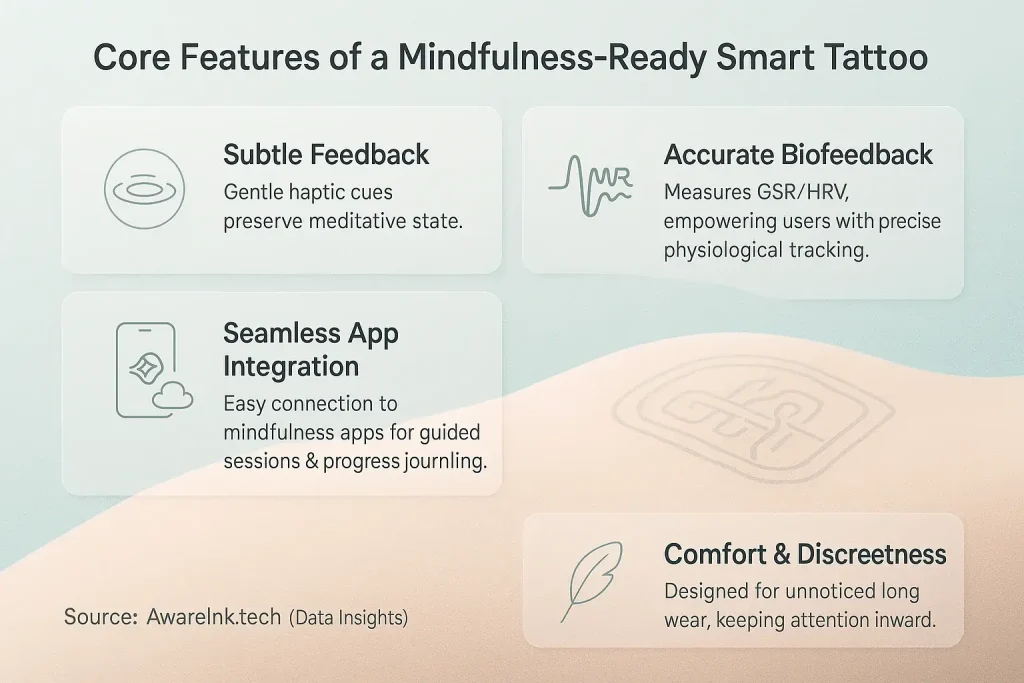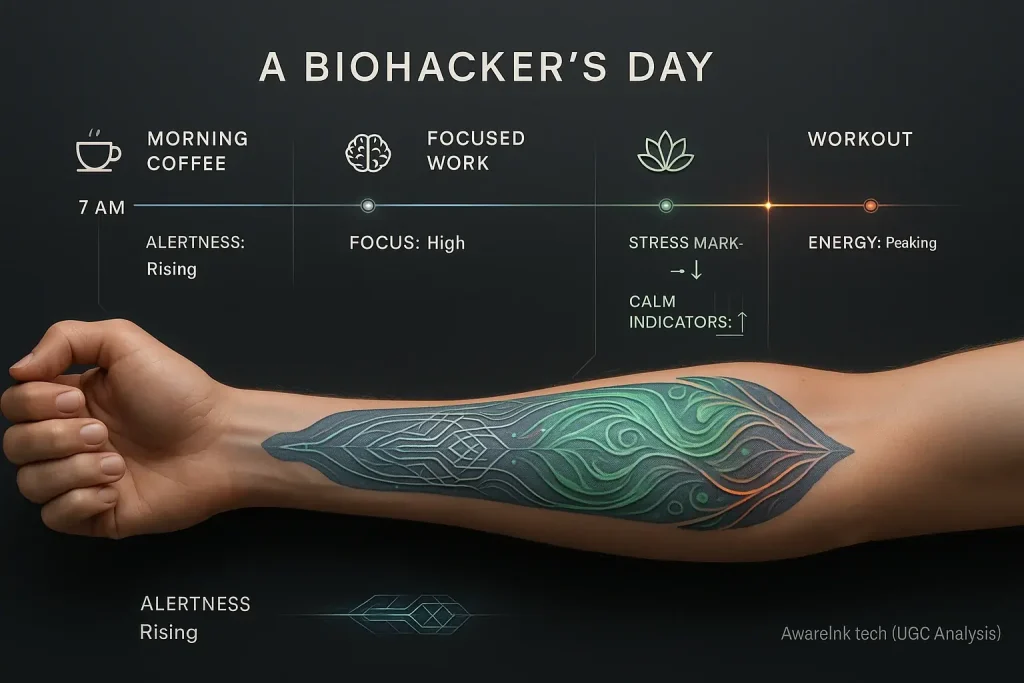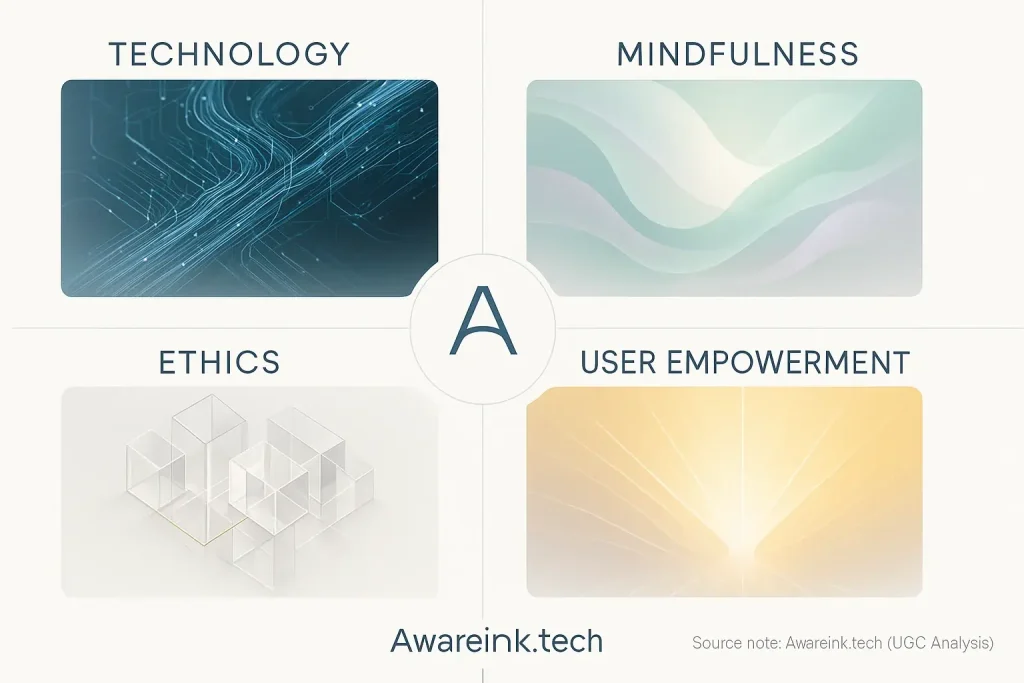
Design your future self with tech-powered ink.
Explore the world of smart tattoos and adaptive self-expression.
Ask Before You Ink: Essential Questions for Future Smart Tattoo Makers
AwareInk Investigates: [Product 2 Name] Smart Tattoo - Hype or Breakthrough?
Statement Skins: The Most Stylish & Expressive Mood-Adaptive Tattoos of [Year]
AwareInk Spotlight: [Product 4 Name] - The Aesthetic Mood-Adaptive Tattoo
[Product 1 Name]: Full AwareInk Review - The First Real Mood Tattoo?
The Empathetic Parent: Could Smart Tattoos Help Understand Your Child's Moods?
Decoding the Hype: How to Critically Read Smart Tattoo Reviews (When They Arrive)
Top Smart Tattoos to Enhance Your Mindfulness & Meditation Practice ([Year])
Biohacking Your Vibe: Advanced Mood Management with Smart Tattoos
AwareInk's Mission: Empowering Emotional Insight Through Responsible Technology
AwareInk Terms of Service: Understanding Your Use of Our Platform
Let’s bring the future to your skin
AwareInk explores smart tattoos and adaptive tech. Join a community where self-expression meets science and design.


![Infographic: [Product 2 Name]'s unique biosensing tech workflow—data flows from skin to smart display.](https://awareink.tech/wp-content/uploads/2025/11/NODE_ATA_PR_Product2_s2_tech_infographic1_w1536-1024x683.webp)


![Sleek [Product 1 Name] mood tattoo on a diverse wrist, with a subtle, dynamic, seamlessly integrated pattern.](https://awareink.tech/wp-content/uploads/2025/10/NODE_ATA_PR_Product1_s1_hero_img1_w1536-1024x683.webp)




